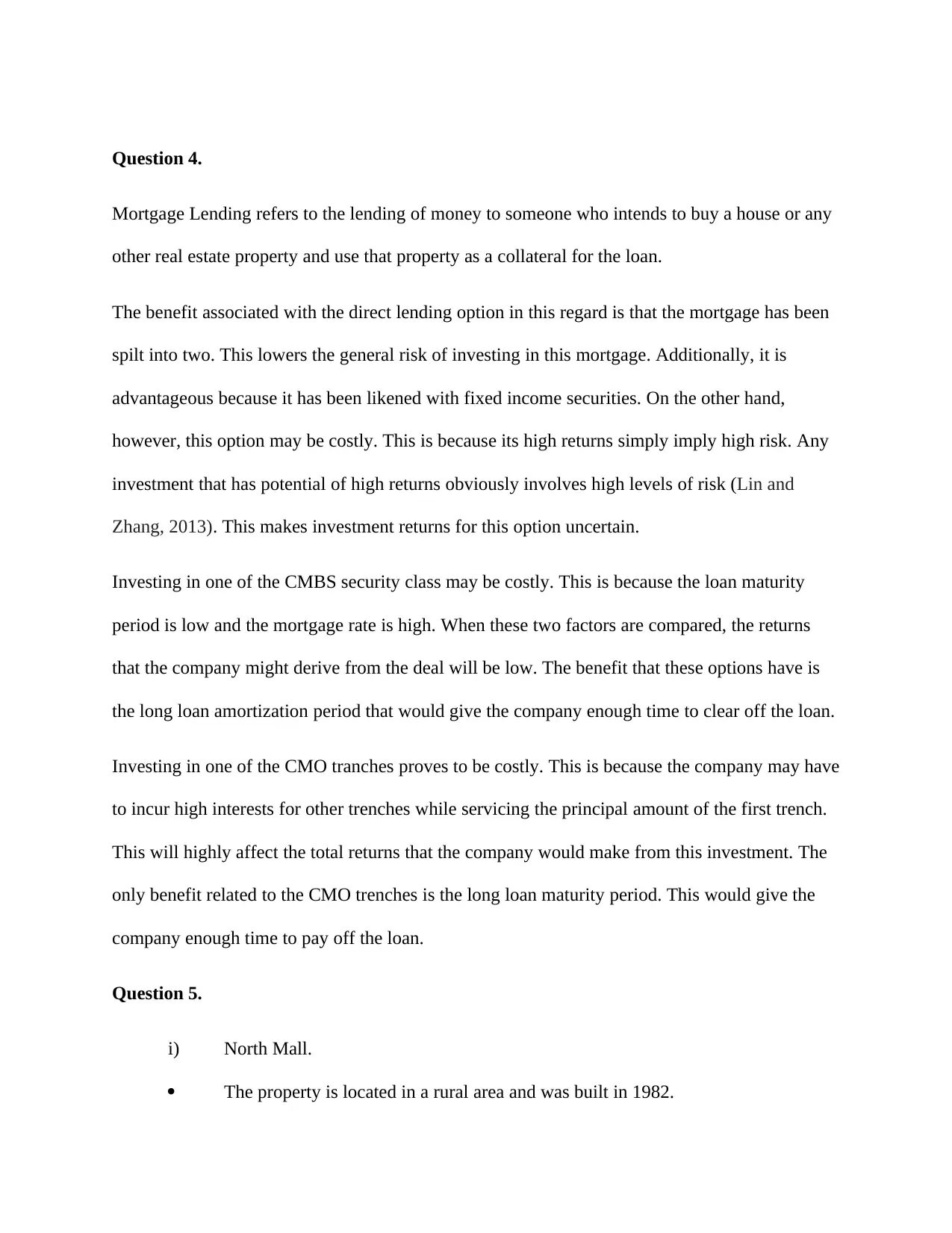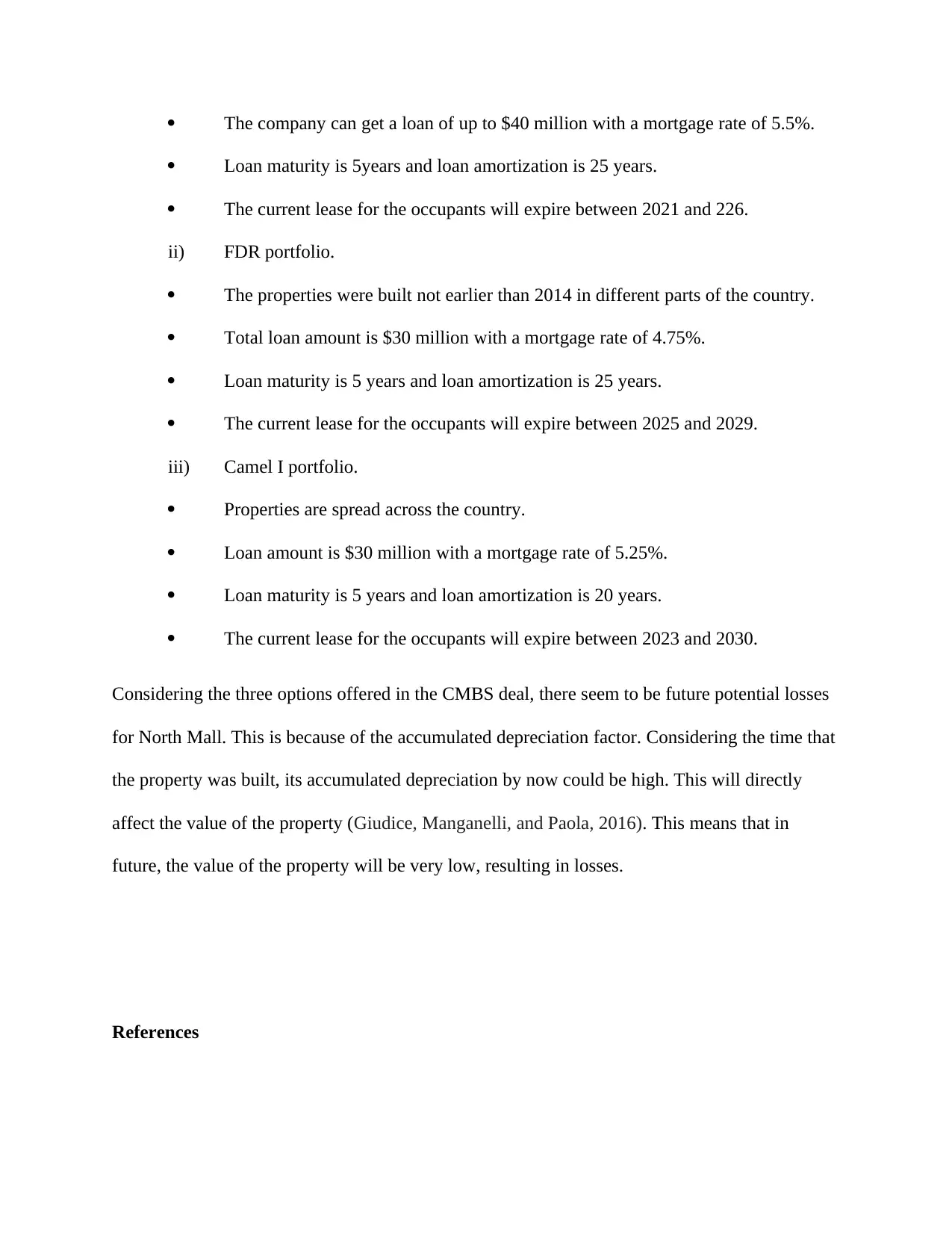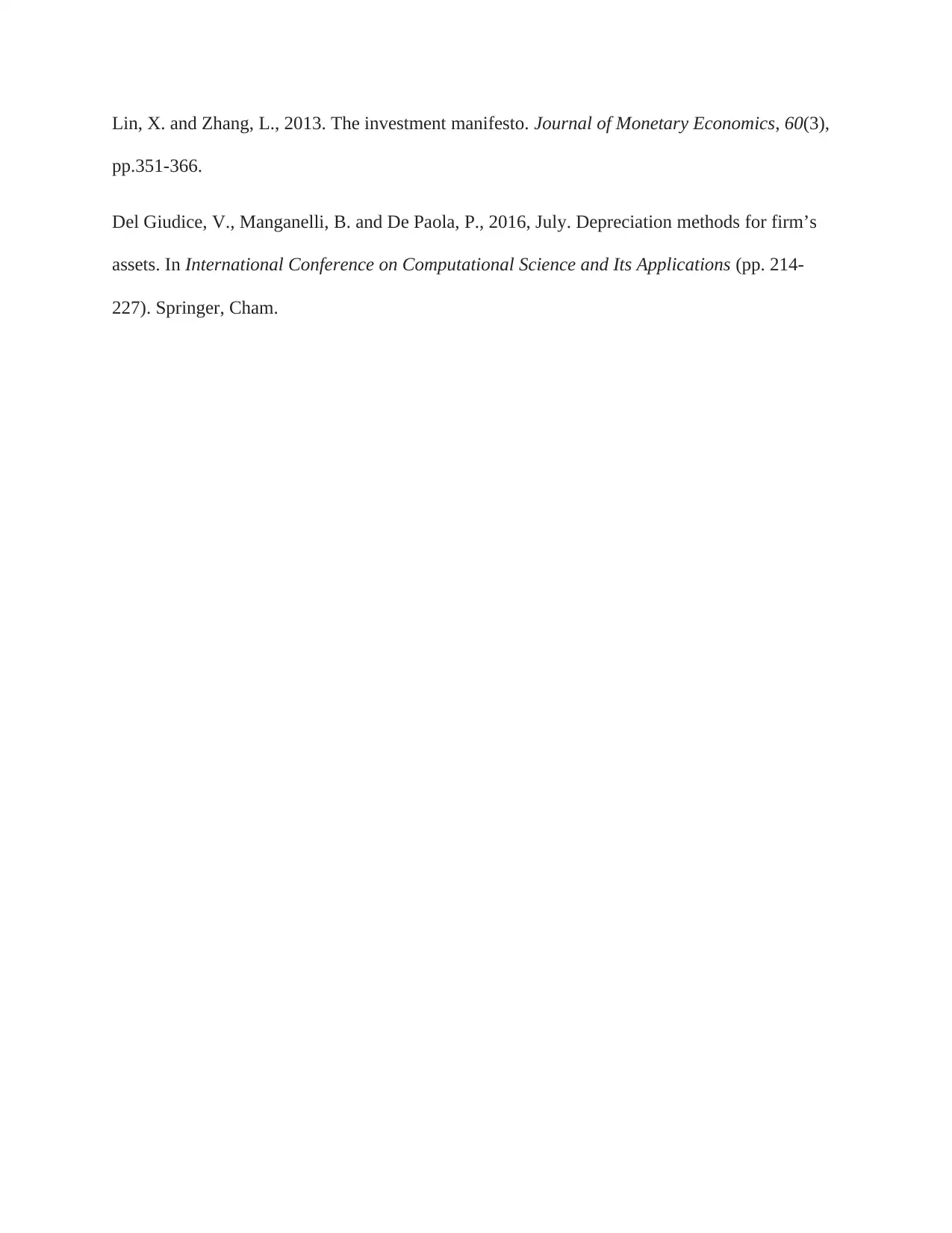Real Estate Finance: LRT Investment Decision Case Study Analysis
VerifiedAdded on 2022/07/29
|4
|636
|26
Case Study
AI Summary
This assignment presents an analysis of the LRT Investment Decision case study, focusing on real estate finance. The analysis evaluates three investment opportunities: direct mortgage lending, a Collateralized Mortgage Obligation (CMO), and a Commercial Mortgage-Backed Security (CMBS). The case study examines the benefits and drawbacks of each option, considering factors such as risk, cost, loan maturity, and amortization periods. The solution also analyzes three specific CMBS deals, North Mall, FDR portfolio, and Camel I portfolio, assessing their potential for future losses based on property depreciation and lease expiration dates. The analysis includes references to relevant financial literature, providing a comprehensive overview of the investment decision-making process within the context of commercial real estate finance. The assignment aims to provide insights into making informed real estate investment recommendations.
1 out of 4






![[object Object]](/_next/static/media/star-bottom.7253800d.svg)